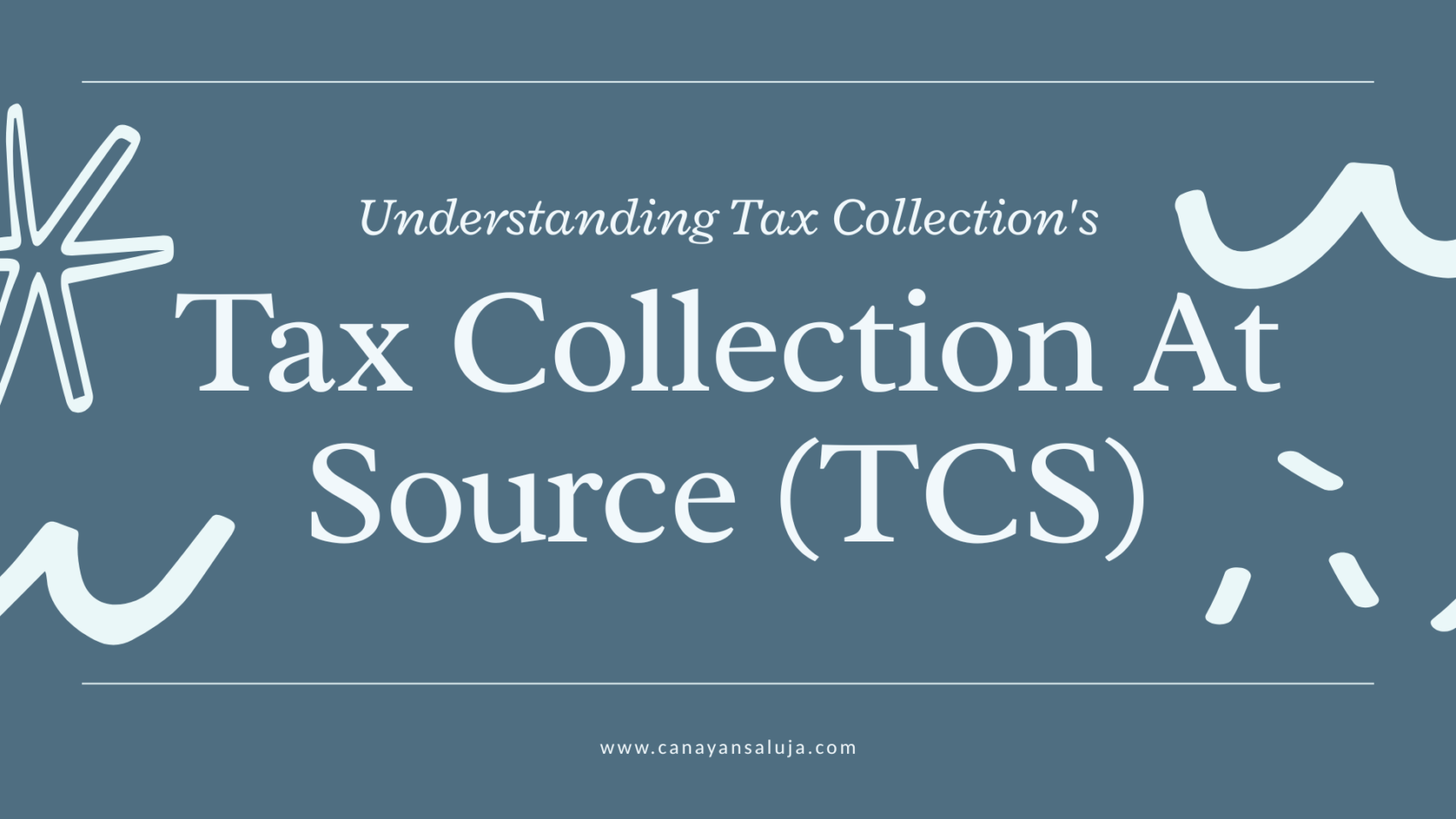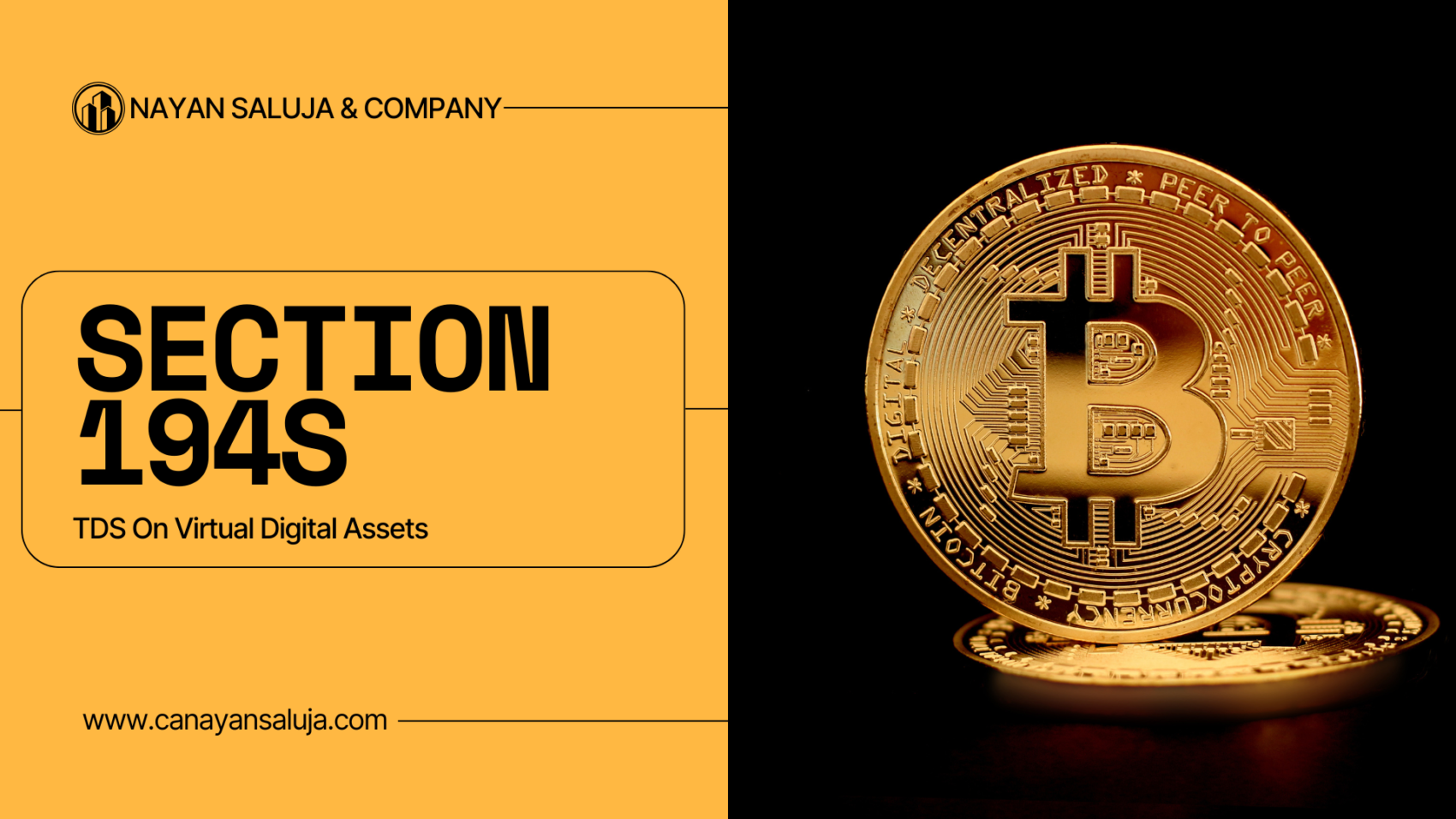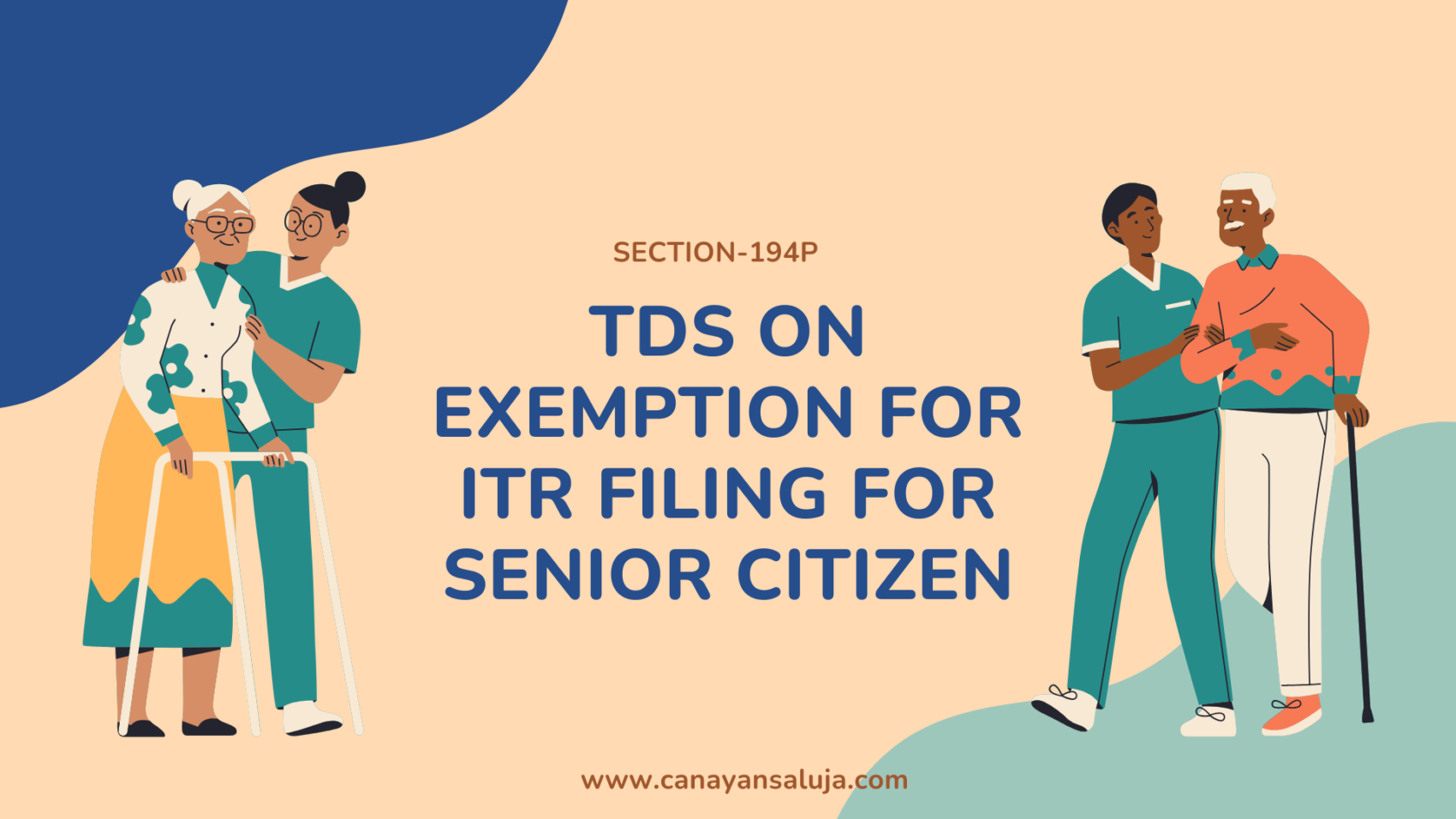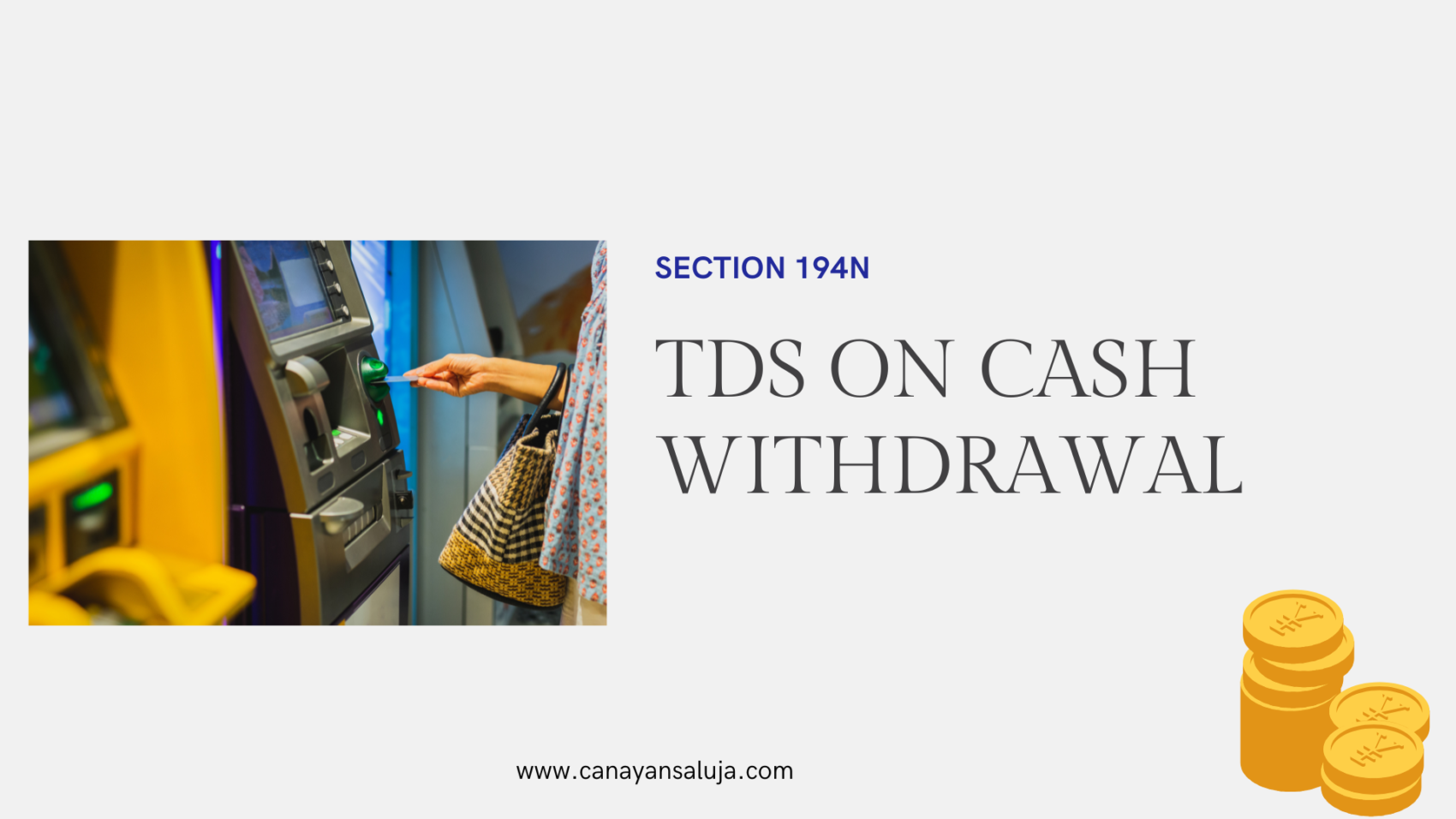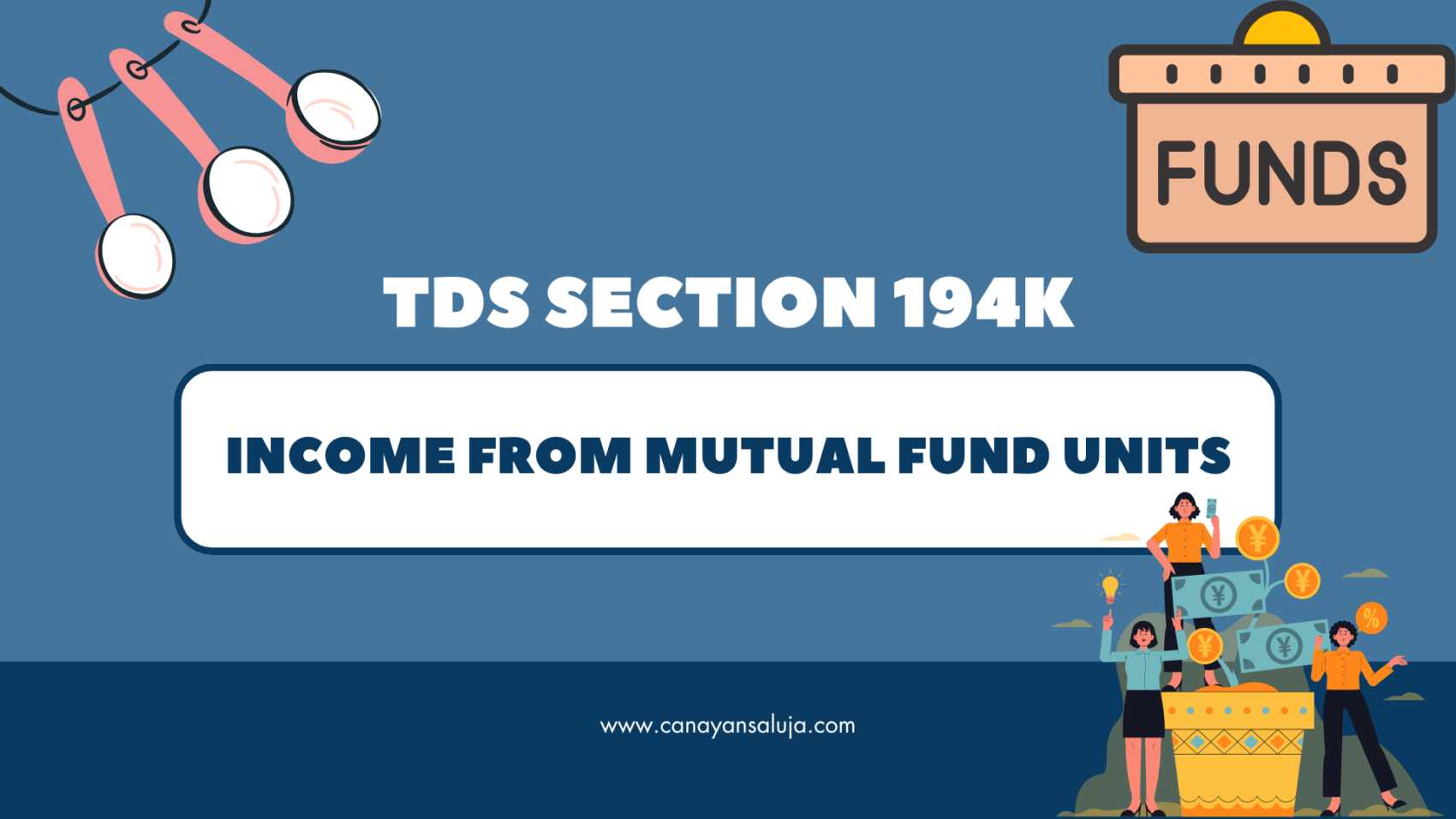Tax Collection At Source
TCS stands for Tax collected at Source. TCS is a kind of tax that is collected by the seller from the buyer on sale of certain type of goods if the amount exceeds a specified limit, so that it can be deposited to the government.
TCS is required to be collected at the source if the value of transaction exceeds a specified amount.
The purchaser can claim this tax collected by the seller while paying his income tax liability for the year, and if the TCS collected is more than the income tax liability of the assessee then he/ she will be entitled to a refund.
The main purpose of introduction of TCS was to reduce the Tax evasion by the person receiving the income.
Note: –
Seller– A seller who sells specific goods and is responsible for collection of tax from the purchaser.
Purchaser– A purchaser is the person who buys specific goods from seller is responsible for paying TCS amount to seller.
TCS requirement arises:
Or
NOTE: – In case of motor vehicle sale, the TCS is to be collected upon receipt of money
There are more than 20 sections of TCS below are few examples of commonly used TCS rates: –
|
Type of Goods or transactions |
Rate in force (%) |
|
Liquor of alcoholic nature, made for human consumption |
1% |
|
Timber wood under a forest leased |
2.5% |
|
Tendu leaves |
5% |
|
Timber woods by any other than forest-leased |
2.5% |
|
Forest produces other than Tendu leaves & timber |
2.5% |
|
Scrap |
1% |
|
Minerals like lignite, coal and iron ore |
1% |
|
Purchase of motor vehicle exceeding Rs. 10,00,000 |
1% |
|
Parking lot, toll plaza and mining and Quarrying |
2% |
|
Where total turnover is more than Rs. 10 crores in the previous financial year and receives sales consideration of any product of more than Rs. 50 lakhs, such seller must collect TCS upon receiving consideration from the buyer on such amount over and above Rs. 50 lakhs. (if PAN is not provided TDS rate will be 1%) |
0.1%
|
|
Purchase of Foreign currency –Under LRS for education (Loan from financial institution)
–Under LRS for education (not financed by financial institute)
–Under LRS for medical treatment.
–Under LRS for other purpose
–Overseas tour program purchase
|
0.5% above Rs. 7,00,000
5% above Rs. 7,00,000
5% above Rs. 7,00,000 20% above Rs. 7,00,000 5% for amount upto Rs. 7,00,000 and 20% on amount above Rs. 7,00,000. |
All TCS rates are fixed rates i.e. 0.1%, 2.5%, 5% etc. but if payment is made to Non-Resident/ Foreign Company or payment of salary the surcharge & HEC (Health & Education Cess) shall be considered.
The due date to deposit TCS is as Follows: –
|
Month |
Due Date |
|
April |
On or before 7th May. |
|
May |
On or before 7th June. |
|
June |
On or before 7th July. |
|
July |
On or before 7th August. |
|
August |
On or before 7th September. |
|
September |
On or before 7th October. |
|
October |
On or before 7th November. |
|
November |
On or before 7th December. |
|
December |
On or before 7th January. |
|
January |
On or before 7th February. |
|
February |
On or before 7th March. |
|
March |
On or before 30th April. |
TCS is to be deposited monthly on the dates mentioned above but the return is to be filed quarterly on or before the below mentioned dates; –
|
Quarter |
Period |
Due date (TCS filing) |
|
1St quarter |
April-June |
15th July. |
|
2nd quarter |
July-September |
15th October. |
|
3rd quarter |
October- December |
15th January. |
|
4th quarter |
January- March |
15th May. |
Following penalties will be levied if there is delay in TCS deduction or delay in deposit of TCS.
|
Particulars |
Penalty |
|
TCS not deducted on time. |
1% per month or part of month. |
|
TCS deducted but not deposited before due date |
1.5% per month or part of month. |
|
TCS return not file on or before due date |
200 per day maximum till TCS amount. |
Following are the TCS returns that are used for different purposes.
|
Form |
Used for |
|
27EQ |
All types of TCS payments. |
8.When will higher TCS rate apply?
If the purchaser falls under the below mentioned condition, then TCS rate will be: –
In special cases under Section 206C(1G), 5% TCS applies where the authorized dealer arranges remittance out of INDIA of Rs. 7,00,000 or more in a financial year from a buyer of foreign currency remitting under LRS, not being the overseas tour program package. If Aadhar or PAN is unavailable, the TCS rate will be 10%.
As per Section 206CCA, tax at a higher rate (other than rates mentioned above in table) will be collected from the buyer if such buyer has-
Tax collection at source is exempted in the following cases: –


